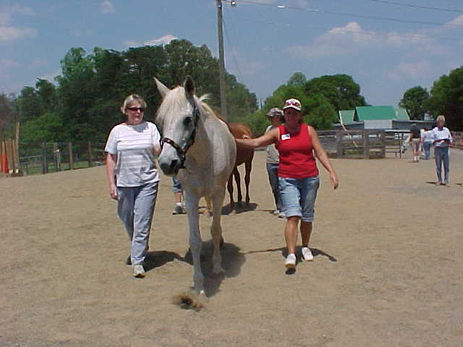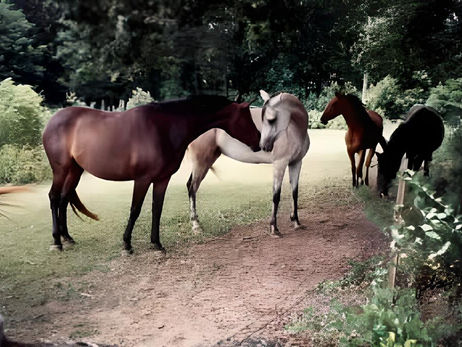top of page


TEACHING:
Educators • Coaches
Personal Development
EAL Facilitation Training
WORKPLACE TRAINING
(Organizational Development)
Equine Experiential Training for Business & Leadership

HEALING:
Counseling Professionals
PTSD | Autism | Addictions
Depression | Eating Disorders
Wounded Warriors and more…
bottom of page





